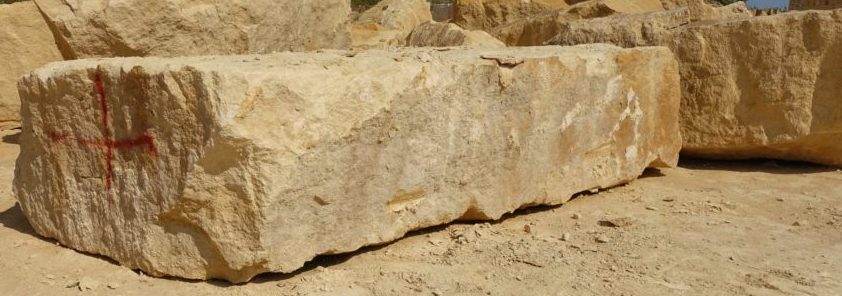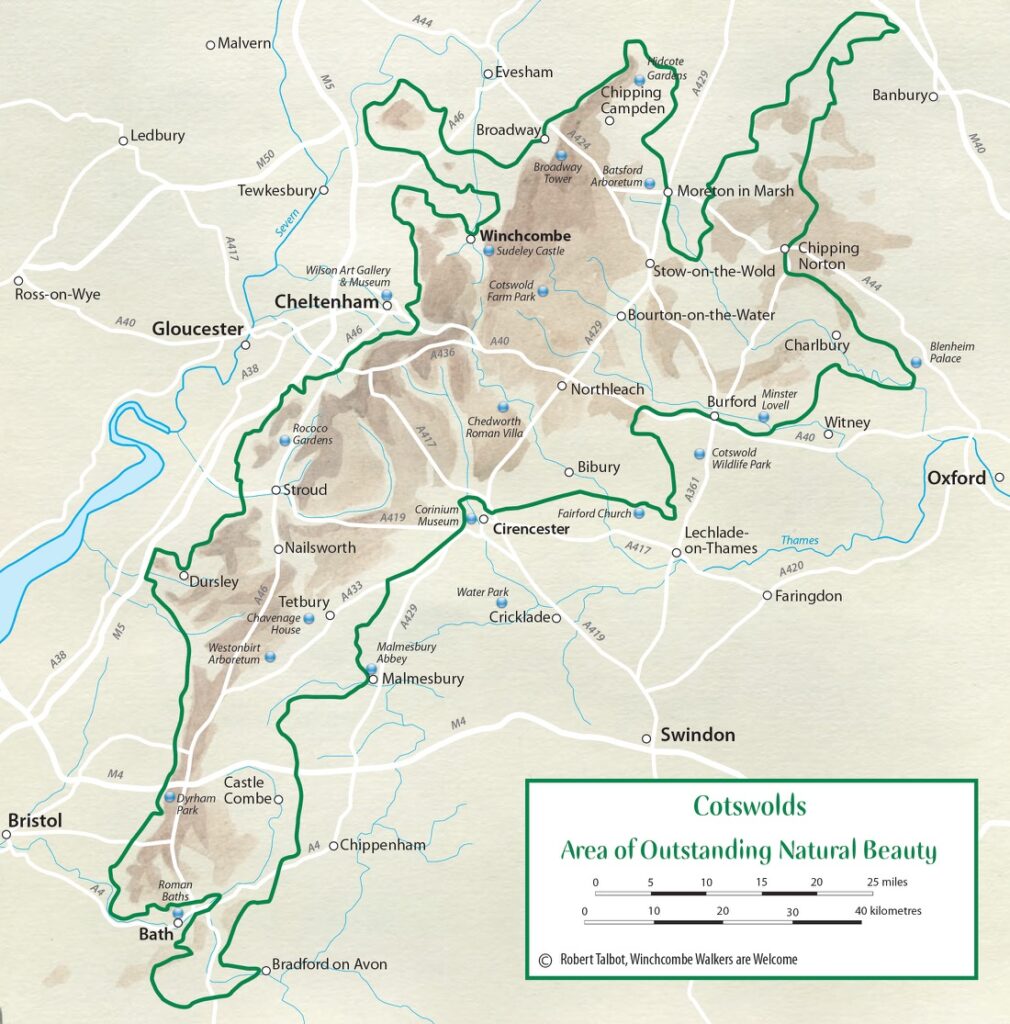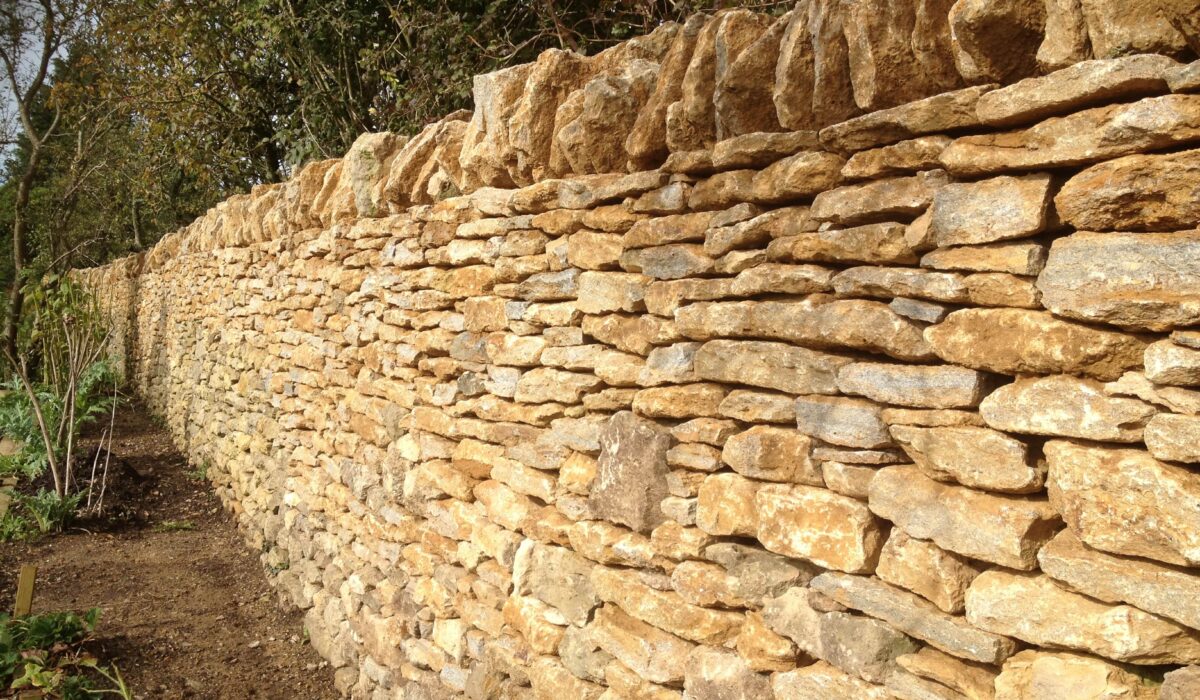Cotswold Stone the beginning, from shells on a seafloor.
A yellow golden Oolitic Jurassic Limestone formed between 206 and 144 million years ago in the area of England now known as the Cotswolds. Formerly a sea, layers of shell fragments built up over the millennia on the seabed. Cotswold stone is a porous limestone that can be worked for use in roofing, façades, walls, and other locations.

The stone color changes as you move through the Cotswolds; in the north, you will find a yellow honey color, switching to a buff white in the region’s south.

English novelist J.B Priestley described the color: “The truth is that it has no color that can be described. Even when the sun is obscured and the light is cold, these walls are still faintly warm and luminous, as if they knew the trick of keeping the lost sunlight of centuries glimmering about them”.
With its abundance and easy, Cotswold stone has been a popular choice since the Middle Ages 500-1400 ce. While newly quarried stone is available in limited quantities today, we prefer to use heritage options that have all the color and character of the natural stone and are nearly indistinguishable when installed.

Heritage tiles are cast from molds taken from original stones, mixed to have naturally weathered colors, and are 100% recyclable. Heritage provides a nearly identical option without quarrying the original stones, which can be polluting and damaging to the environment.
For more information about heritage or natural stone, materials contact our experts at sales@cotswoldstoneroof.comor our partners at www.Cotswoldstoneroof.com




